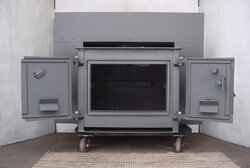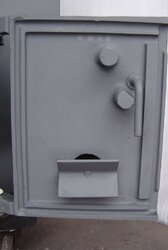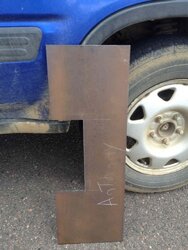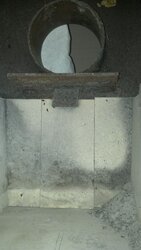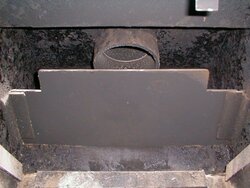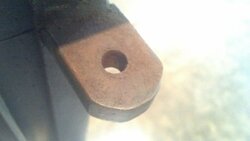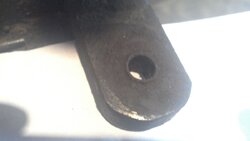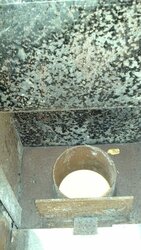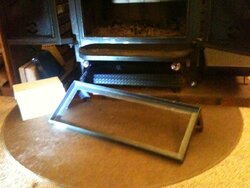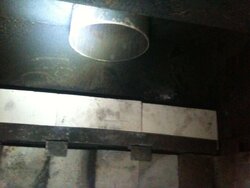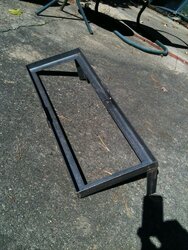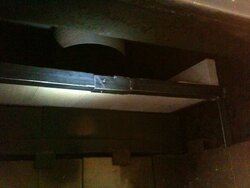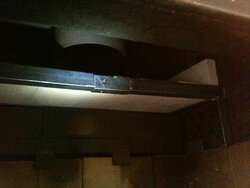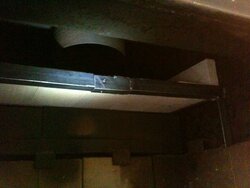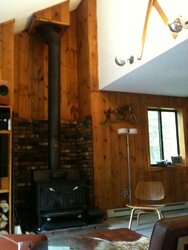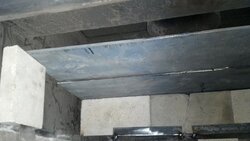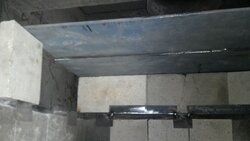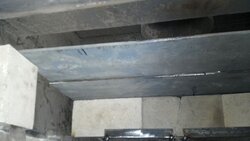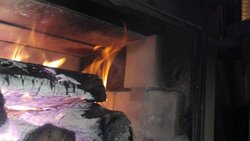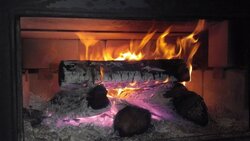Thanks for the info on the Baby Bear fitment.
When there is nothing on the sides to support the plate, I've found it very easy cutting firebrick on an angle with a masonry blade in a circular saw. If you need to adjust your plate higher, (steeper angle) firebrick pieces cut in strips shim the plate higher to experiment with the plate angle too.
That's the theory of my post (#12) here;
https://www.hearth.com/talk/threads/fisher-insert-with-upper-air-wash.83066/
The air intake nut and bolt is perfect for hanging a divertor on. It will sometimes bump a log too close to the door, but you want to keep the log ends away from blocking the air inlet anyway.
When there is nothing on the sides to support the plate, I've found it very easy cutting firebrick on an angle with a masonry blade in a circular saw. If you need to adjust your plate higher, (steeper angle) firebrick pieces cut in strips shim the plate higher to experiment with the plate angle too.
That's the theory of my post (#12) here;
https://www.hearth.com/talk/threads/fisher-insert-with-upper-air-wash.83066/
The air intake nut and bolt is perfect for hanging a divertor on. It will sometimes bump a log too close to the door, but you want to keep the log ends away from blocking the air inlet anyway.


